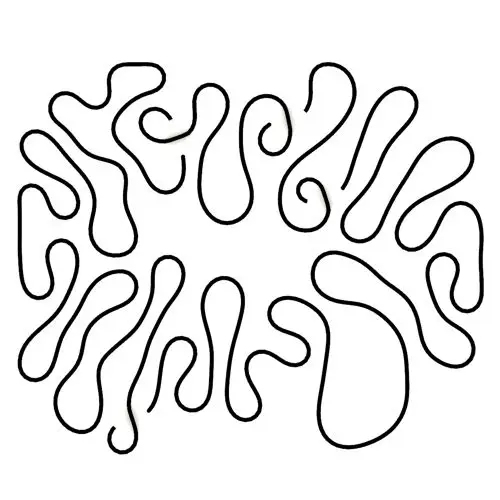
Differential Growth
In this Kangaroo Grasshopper tutorial, you’ll learn how to create a differential growth pattern on any mesh surface by projecting
Fractals are intricate patterns or structures that are self-repetitive at every scale, meaning they appear the same or similar regardless of the level of magnification.
Emerging from simple mathematical equations, fractals defy our classical sense of scale and provide a visual representation of infinity.
Their unpredictable and beautiful nature has captivated scientists, mathematicians, and artists alike.
Fractals can be found in nature, such as in the branching of trees, the structure of snowflakes, and the formation of coastlines, while others are products of pure mathematics.
Delving into the world of fractals allows one to appreciate the balance between chaos and order that exists both around and within us.
1- Koch Snowflake Fractal:
The Koch Snowflake is one of the earliest described fractals, named after Helge von Koch. Starting with an equilateral triangle, each side is modified by adding a smaller triangle at its middle, removing its base, and this process is repeated infinitely. With each iteration, the perimeter of the shape increases, pushing the boundaries of our understanding of length, as the snowflake’s perimeter heads towards infinity while its area remains finite.
2- Sierpinski Triangle:
The Sierpinski Triangle is a mesmerizing pattern of endlessly nested triangles. To visualize its formation, start with an equilateral triangle and remove a smaller triangle from its center. This process is repeated for the remaining triangles, and so on, indefinitely. The resulting fractal showcases a balance between positive and negative space, revealing a pattern that is both intricate and endlessly repeating.
3- Hilbert Curve:
The Hilbert Curve, named after mathematician David Hilbert, is a space-filling curve, meaning it tries to occupy as much of a two-dimensional space as possible without crossing itself. Beginning as a simple U-shaped curve, each iteration involves refining the shape, making it twist and turn more complexly. While it seems to fill up more space with each step, the curve never actually becomes a solid shape, no matter how many times it is iterated.
4- Quadratic Fractal:
Quadratic fractals arise from iterating quadratic functions in the complex plane. One of the most famous examples is the Mandelbrot set. When points from the complex plane are plugged into a simple equation repeatedly, their behavior determines whether they belong to the Mandelbrot set or not. The boundary of this set is where the magic happens: it’s an infinitely intricate fractal that reveals more details no matter how much you zoom in, showcasing the deep complexity that can emerge from simple mathematical rules.
5- Branching Fractal:
Branching fractals are reminiscent of patterns found in nature, like the veins of a leaf or the branching of trees and rivers. Starting with a main ‘trunk’ or line, smaller branches sprout out at certain angles, and from these branches, even smaller branches emerge, and so on. The self-similarity is evident as each smaller branch mimics the pattern of the larger one, creating a visual representation of the recursive processes often found in the natural world.
Video References:
1 _ https://youtu.be/WFtTdf3I6Ug?si=SfGTI6kMQVE3HXwm
2 _ https://youtu.be/40p_YC0yZZQ?si=CdizReVypHUfb-XL
3 _ https://youtu.be/ackDGIKx1cw?si=Wr3Ys2Za5r1Cxixt
4 _ http://datagenetics.com/blog/march22013/index.html
5 _ https://youtu.be/-0ooIpJyCNc?si=yhm74ZR4LdISRM5B
Compilation Video by Zahra Ebrahimi , Mohammad Yazdi
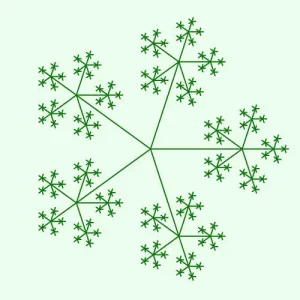
In this Grasshopper example file you can generate a branching fractal tree using the Anemone plugin.

In this Kangaroo Grasshopper tutorial, you’ll learn how to create a differential growth pattern on any mesh surface by projecting
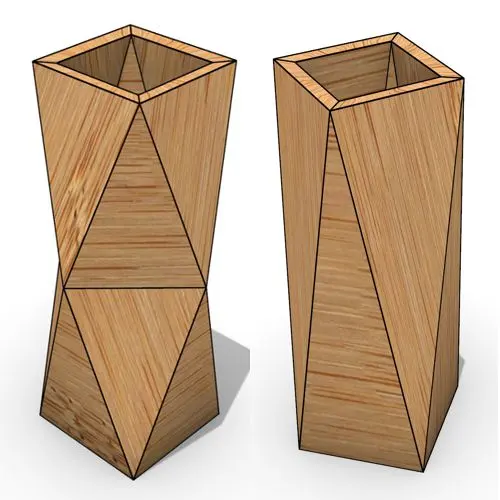
In this Grasshopper beginner tutorial, you’ll learn how to design a parametric vase with triangular faces, fully controllable height, thickness,
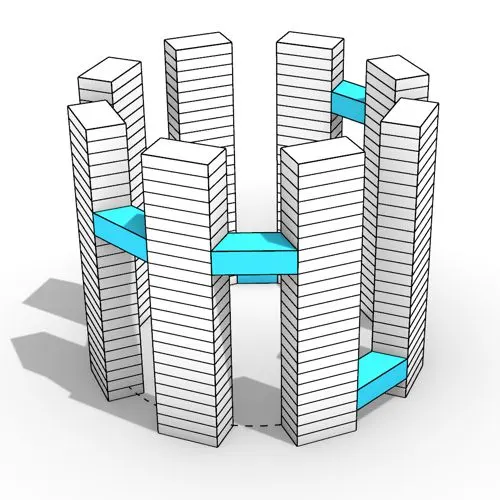
In this Grasshopper tutorial, you’ll learn how to design a series of parametric towers arranged around a curve and connect

In this Grasshopper tutorial, you’ll learn how to design a parametric wall using solid difference and contour techniques.

In this Grasshopper example file, you can model an exoskeleton Mesh structure with entwined curves parametrically.

In this Rhino Grasshopper tutorial for beginners, you’ll learn how to model a parametric Voronoi MultiPipe SubD structure on a
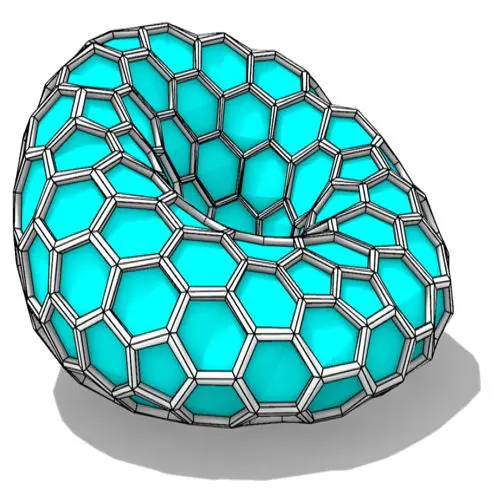
In this Grasshopper tutorial, you’ll learn how to create a parametric form by defining a base polygon and converting it
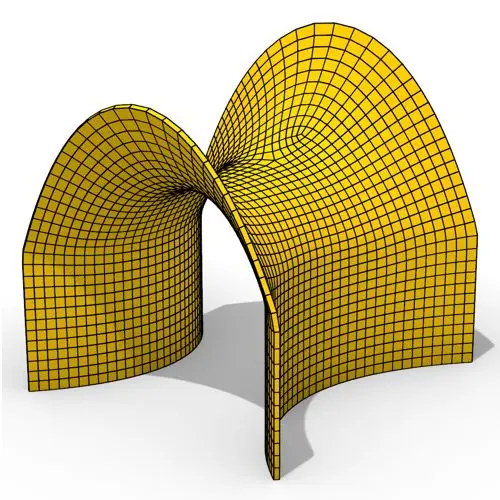
In this Grasshopper tutorial, you’ll learn how to create a minimal surface generated from a series of catenary curves using
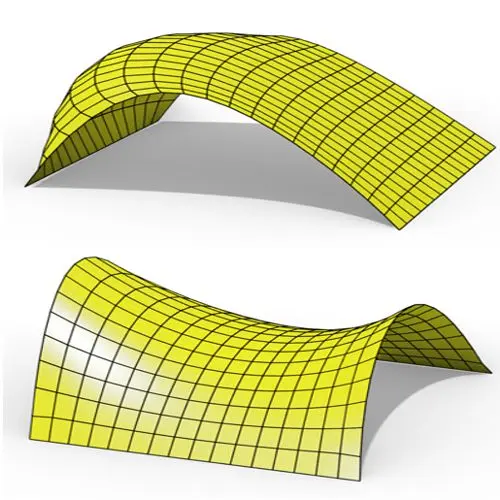
In this Grasshopper Kangaroo tutorial, you’ll learn how to create a parametric mesh and deform it using wind forces and
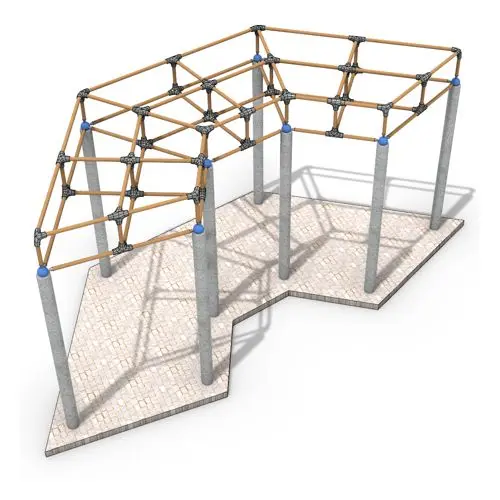
In this Grasshopper tutorial, you’ll learn how to create a simple two-layer Vierendeel space frame structure by defining any four-sided
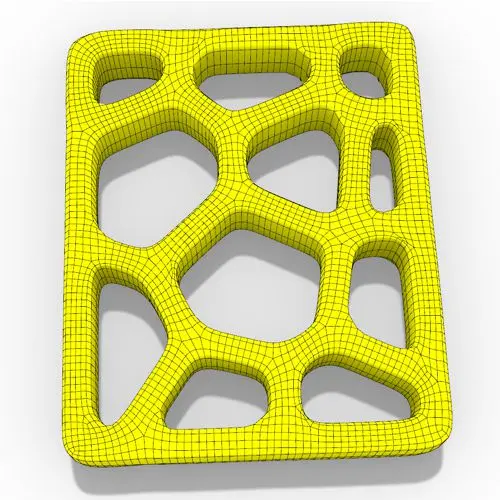
In this Grasshopper Voronoi tutorial, you’ll learn how to create a parametric mesh generated from random or controllable Voronoi cells

In this Grasshopper tutorial, you’ll learn how to create a dynamic parametric mesh using section curves and Kangaroo physics to

In this Grasshopper tutorial for beginners, you will learn how to design a parametric tower defined by four control points

In this Grasshopper tutorial for beginners, you will learn how to design a parametric facade composed of modular openings.
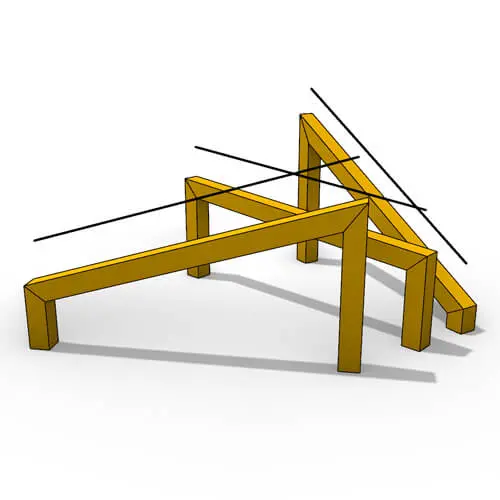
In this Grasshopper tutorial because we know how to convert a series of lines to a frame now we can
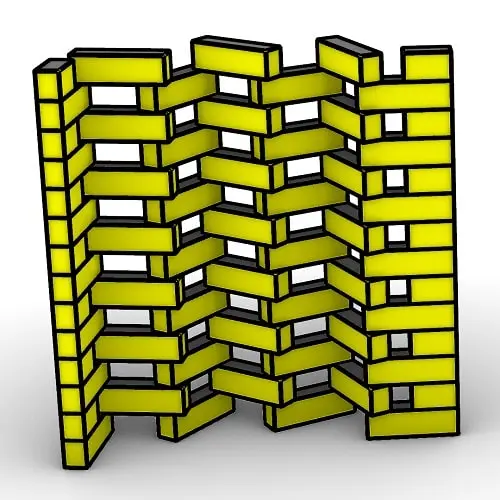
In this Rhino Grasshopper Script, you can model a parametric brick wall by defining a base curve
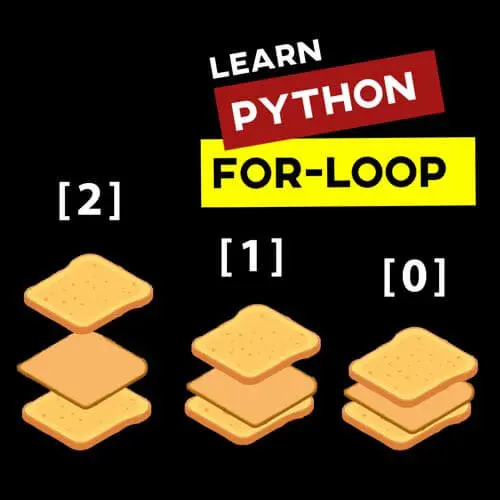
In this Grasshopper Python Lesson, we are going to talk more about the basics and how to use Print and
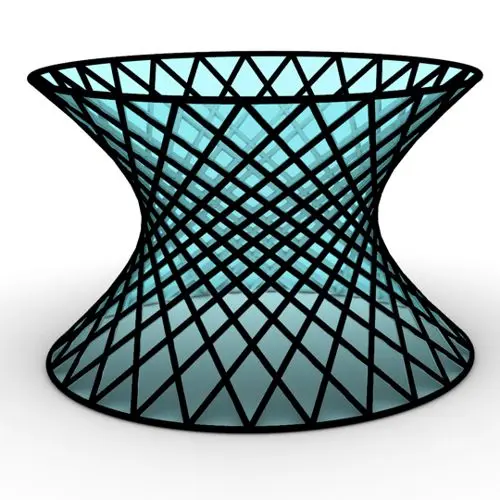
In this Rhino Grasshopper Tutorial we are going to learn how to make a series of rotating lines around two
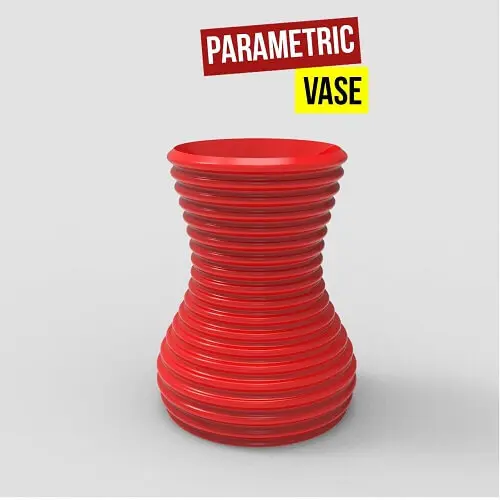
In this Paracourse Lesson (25 Minutes), You can learn how to model a parametric vase by using a Perlin Noise

In this Grasshopper lesson, I will talk about managing output data with a turning tower example. First I,m going to

In the introductory lesson, we’ll explore the Grasshopper 1.0 canvas and familiarize ourselves with its fundamental features.
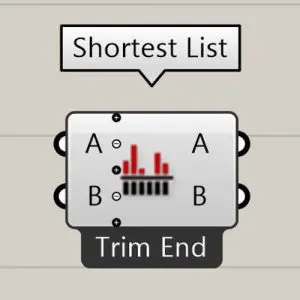
Now we have learned the basics of the canvas we will take a look at the most important aspect of
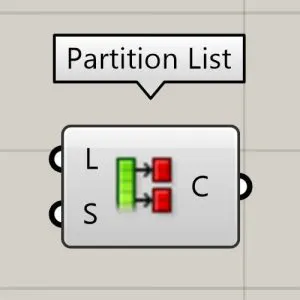
Now we will learn how to manage data with more tools like list length , partition list and simplify.
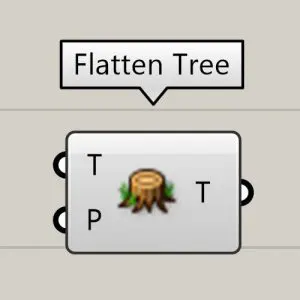
After learning about the Partition list, it’s time to learn how to destroy the data trees with flatten and also

In this Grasshopper example file, you can design a parametric facade with variable-thickness hexagonal cells.

In this Grasshopper example file, you can model and simulate a parametric facade with free-form openings using the mesh relaxation
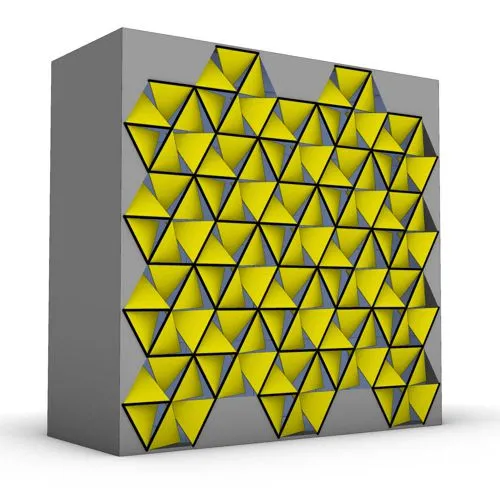
In this grasshopper example file, you can use a hexagonal module to model a parametric facade.
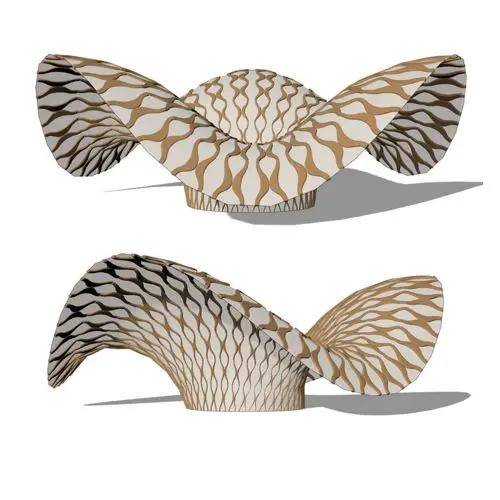
In this grasshopper example file, you can use the morph components to apply a 3d wave pattern on a mesh.

In these Grasshopper example files, you can design a parametric geodesic dome with customizable openings, generate optimized tower forms using

In this Grasshopper example file, you can create relaxing Voronoi cells on a facade , a blobby form with a
Parametric Ideas for Architects @2025
This tutorial or example file is exclusive to Paracourse Members.
Paracourse is an extensive library of video tutorials and example files, designed to guide you through your parametric design journey. With over 1,500 open example files & 600 Video Tutorials, you can freely edit and adapt them for your projects—no credit required.

Learn parametric design from scratch with over 100 hours of step-by-step tutorials, covering beginner to intermediate levels. Master components and their use in the design process.

Explore our open-to-edit .gh files to see how each subject is designed parametrically using Grasshopper3D. Freely adapt them for your projects—no credit required.

Delve into complete algorithms with our advanced tutorials. Learn the logic behind each step, understand how the parts work together, and see how to apply them effectively in your designs.
Grasshopper empowers architects and designers to create sophisticated, customizable designs with ease.
Architects, industrial designers, artists, and anyone passionate about parametric design will find value in this course.
With diverse tutorials and open example files, you’ll have everything you need to tackle any design challenge.
Mastering Grasshopper with Paracourse can significantly enhance your career prospects.
Reviews
There are no reviews yet.